
- Home
- Photography Tours
- Diary / Blog
- Galleries
- Foreign Trips
- Tasmania 2016
- NE Queensland 2016
- Western Alps 2016
- NE Spain 2016
- Australia's Wet Tropics 2015
- Australia's Top End 2015
- SW Australia 2015
- Switzerland 2015
- Andalucia 2015
- Belize 2015
- Australia 2014
- Switzerland 2014
- Belize 2014
- Bahama Islands 2014
- Switzerland 2013
- Ecuador 2012-2013
- Florida 2011-2012
- Vancouver Island 2011
- Australia 2010
- Peru 2008
- Bulgaria 2007
- Lesvos 2006
- California 2006
- New Zealand 2005
- Extremadura 2005
- Goa, India 2004
- The Gambia 2003
- About
May 2014
19th May 2014
Rye Harbour, East Sussex, England
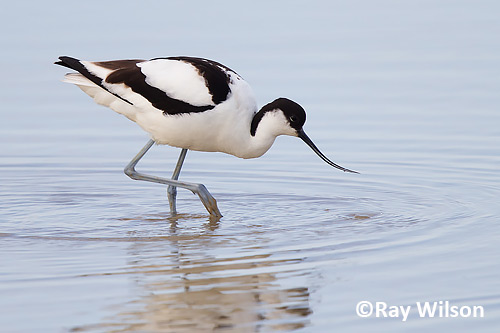
Pied Avocet (Recurvirostra avosetta)
Today marked the start of my next long roadtrip, where I plan to spend around 2 months in the Swiss Alps. Before catching the ferry to France, however, I stopped off for a couple of days on the south coast to explore a few spots.
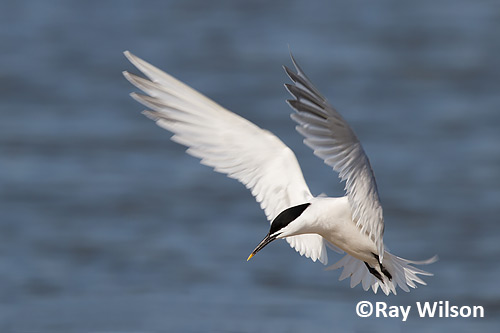
Sandwich Tern (Thalasseus sandvicensis)
My first stop was at Rye Harbour in East Sussex. There wasn't a huge variety of bird life here when I visited, but the nesting Sandwich Terns did provide a couple of hours of entertainment as they flew back and forward to their nests on the floating platform in front of one of the hides.
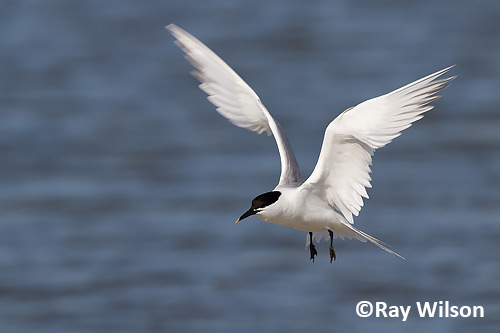
Sandwich Tern (Thalasseus sandvicensis)
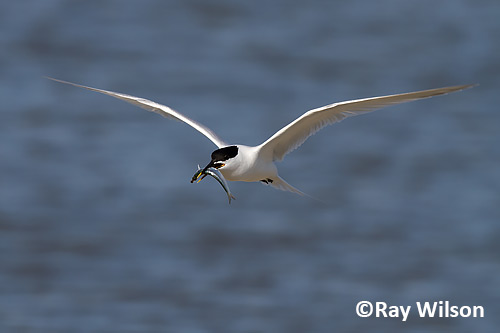
Sandwich Tern (Thalasseus sandvicensis)
The Sandwich Terns were sharing their artificial island with a few nesting pairs of Black-headed Gulls. These were a little bit further behind in their mating cycle and were still involved in courtship and nest-building.
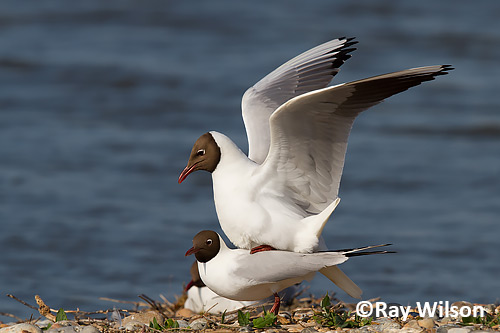
copulating Black-headed Gulls (Larus rudibundus)
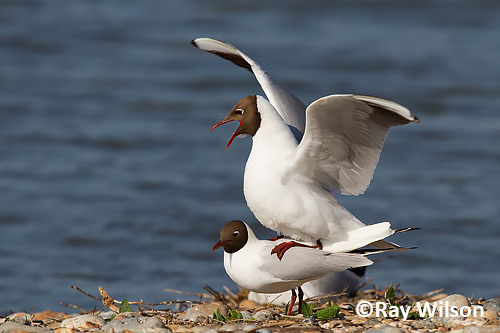
copulating Black-headed Gulls (Larus rudibundus)
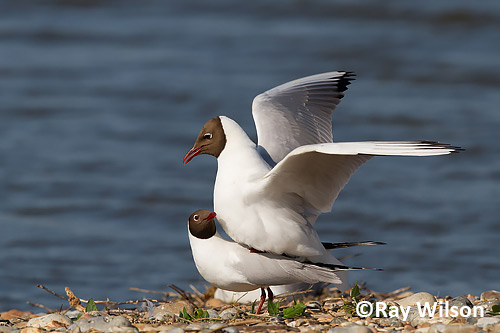
copulating Black-headed Gulls (Larus rudibundus)

copulating Black-headed Gulls (Larus rudibundus)
Along the shingle banks, distictive, large clumps of Sea Kale were growing prolifically. The leaves of this plant were once considered a delicacy which resulted in its disappearance from much of its former range around the coasts of Britain. It is, however, slowly recovering and starting to recolonise the shingle beaches in many areas.
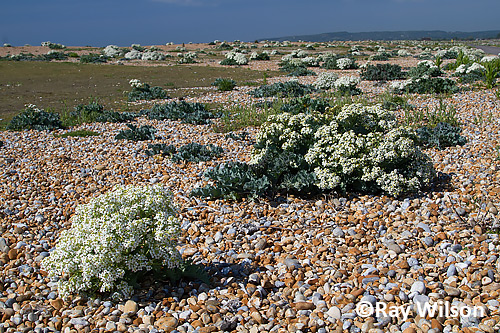
Sea Kale (Crambe maritima)
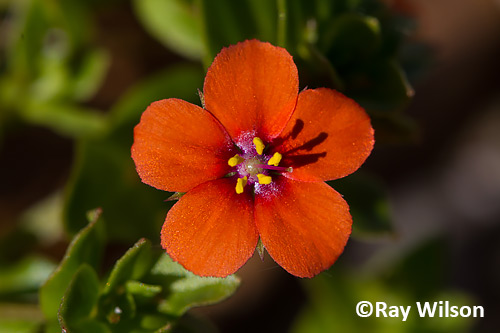
Scarlet Pimpernel (Anagallis arvensis)
Salsify is a close relative of Goatsbeard, with larger purple flowers instead of yellow. It was introduced to Britain from the Mediterranean and large numbers of it were growing along the banks of the entrance track to the reserve.
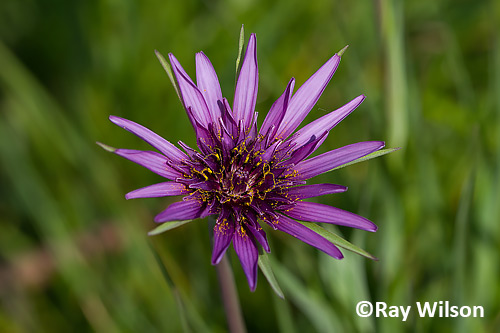
Salsify (Tragopogon porrifolius)
Ray Wilson owns the copyright of all images on this site.
They may not be used or copied in any form without prior written permission.
raywilsonphotography@googlemail.com